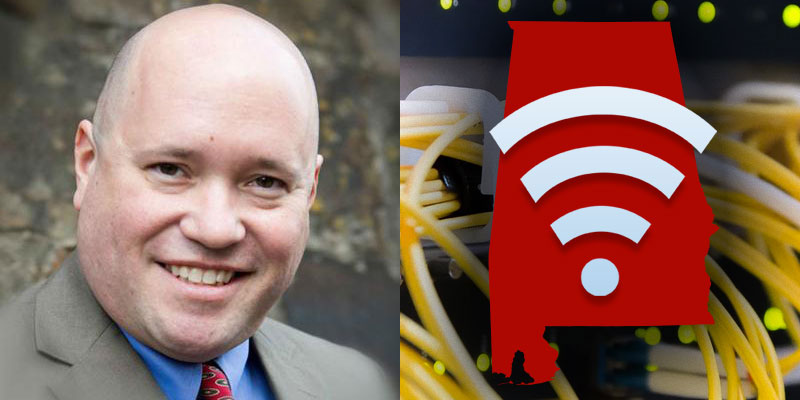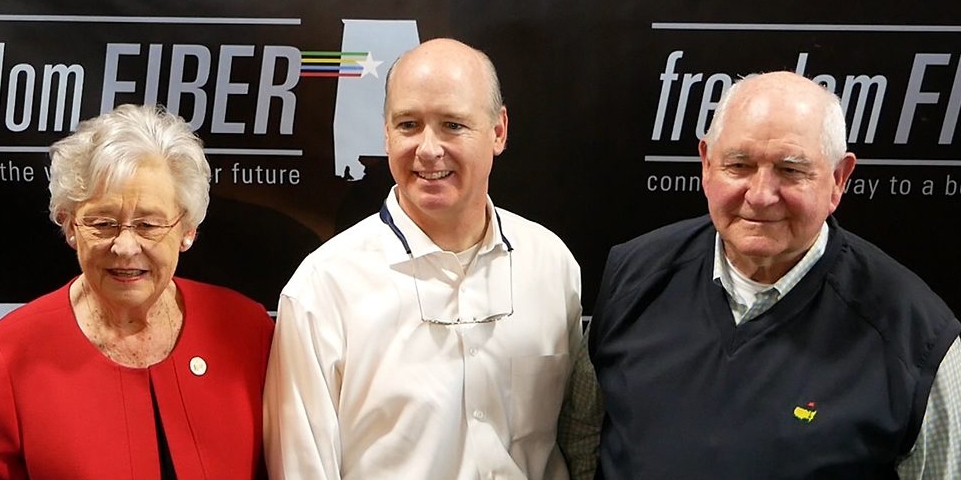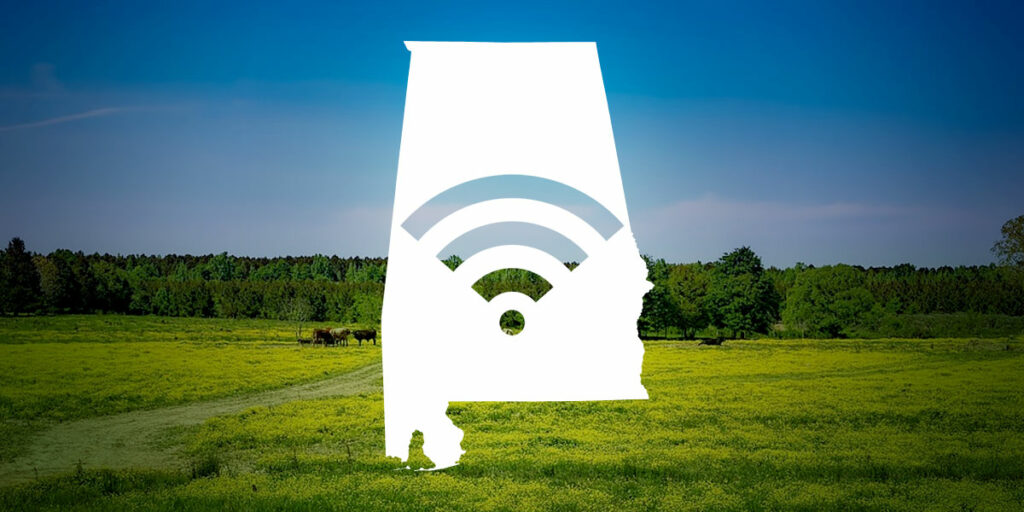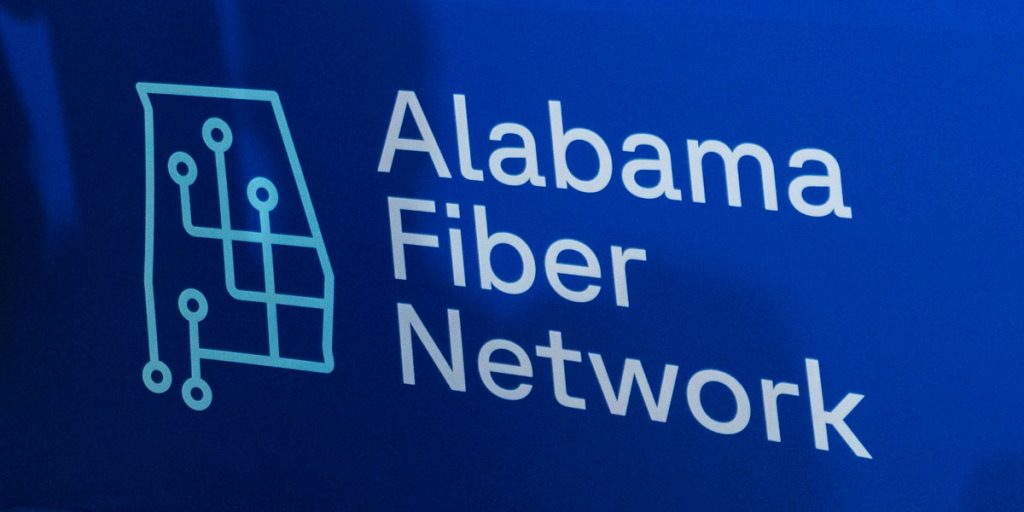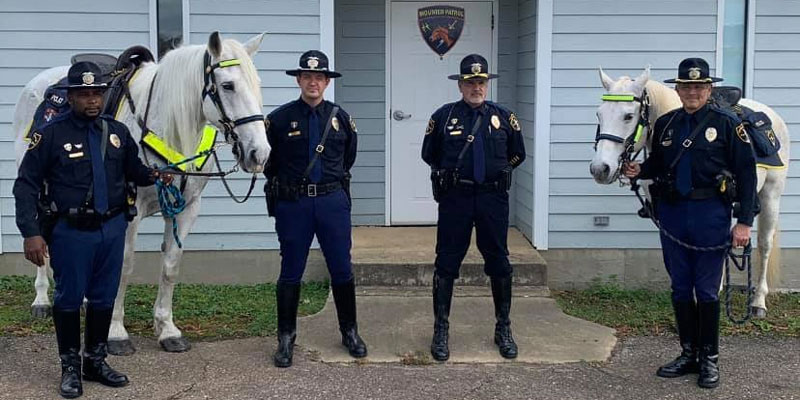COVID-19 has upended our economy and educational system and made high-speed internet more indispensable than ever for all Alabamians. We have an urgent need – and with it, a generational opportunity – to fully wire our state’s rural areas where one-quarter of residents still don’t have broadband connectivity at home.
Saying we should have universal broadband is easy. Actually, getting the job done will be harder. But it’s a challenge within our reach if state and federal leaders take a smart approach – targeting the areas with the greatest needs, improving oversight and encouraging the most capable broadband providers to participate.
Over the two decades that I’ve spent leading economic development efforts in Marshall County – a beautiful area in the Northeast Alabama hills – I’ve seen firsthand how broadband access attracts businesses, jobs and skilled workers in industries ranging from auto suppliers to aviation. For a largely rural county, our remarkable progress – high-speed service is now available to more than 96% of county residents – offers a case study in the transformative impact of broadband infrastructure.
But many rural Alabama counties have larger pockets of unserved areas. One woman in a nearby unserved community recently recounted how her kids have to use the Wi-Fi at the local McDonald’s to do their homework. In unserved areas, private investment alone won’t always be enough to close the gaps; the $75 billion private companies invest annually in U.S. broadband infrastructure will need to be supplemented with state and federal help.
Encouraging progress is already underway. The USDA’s ReConnect Program has invested more than $850 billion in rural broadband projects since Congressman Robert Aderholt spearheaded the program’s creation in 2018. At the state level, the Alabama Senate and House passed the Alabama Broadband Accessibility Act through bipartisan legislation championed by state Sen. Clay Scofield and committed $20 million to this task. Governor Ivey has already awarded $18.5 million in state grants for rural broadband projects, and can draw upon $1.8 billion more in federal stimulus funds.
And later this month, the Federal Communications Commission (FCC) will start awarding more than $20 billion in additional funding for new rural broadband projects through the Rural Digital Opportunity Fund.
As we move forward with long-overdue projects, we must maintain the taxpayers’ trust by investing their hard-earned money efficiently and effectively, learning from failed federal efforts in the past.
In 2009, for example, the federal Rural Utilities Service granted $3.5 billion to build high-speed internet in hard-to-reach rural areas. But the results were disappointing: half of the 300 projects weren’t completed. And more than 40 projects weren’t even begun.
What went wrong? Without sufficient safeguards, waste, fraud and abuse took their toll. Some projects wired areas already served by broadband. Too many providers defaulted on their loans.
This time, we need to do rural broadband expansion the right way – and federal agencies in Washington, D.C., could take some lessons from the smarter and more modern approach of Alabama’s Broadband Accessibility Fund.
First, we must build and expand broadband networks in unserved rural areas whose residents have been excluded from good jobs, quality education, career training and online medical consultations.
It isn’t fair to rural Alabamians – or hard-pressed taxpayers – to spend public funds on projects in places where high-speed internet is already available. Alabama’s grant program was designed to ensure dollars go to help Alabamians on the wrong side of the digital divide, not just to subsidize providers in already-served areas. Federal programs should follow the same roadmap.
Second, we need to cut regulatory red tape so that the best broadband providers with the most advanced technologies can compete in a process that rewards competence and performance, not obsolete requirements or political patronage.
For example, Eligible Telecommunications Carrier (ETC) requirements, a vestige of the dial-up era, end up reducing competition to protect politically connected companies from competition. We’ll close rural gaps faster – and spend tax dollars more efficiently – by letting every provider apply and compete on equal terms.
Third, we must also make big investments in digital literacy training to increase broadband adoption in areas where service is already available.
In Marshall County, for example, even though 96% of residents have broadband available in their neighborhoods and many providers offer low-cost programs to help disadvantaged families connect, only 74.5 percent of residents actually subscribe. We need to do a better job helping all Alabamians understand why it’s important to go online and how to navigate the internet.
From young people studying STEM (science, technology, engineering and mathematics) to educators leading distance learning, digital literacy is as essential as reading, writing and mathematics. Whether we’re involved in education, workforce preparation or economic development, we must equip every Alabamian, whatever their region, background or walk of life, with the skills and know-how to succeed in the Digital Age.
History has handed us this challenge. Working together, learning the lessons of the past and seizing the promise of our future, we must make the most of this mission.
Matt Arnold is President and CEO of the Marshall County Economic Development Council.




